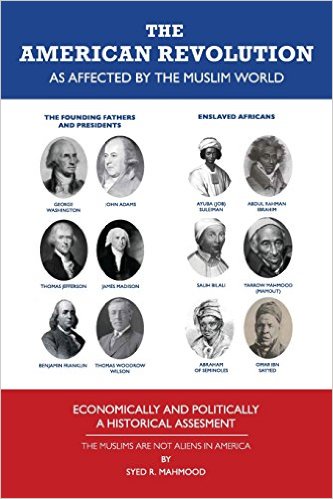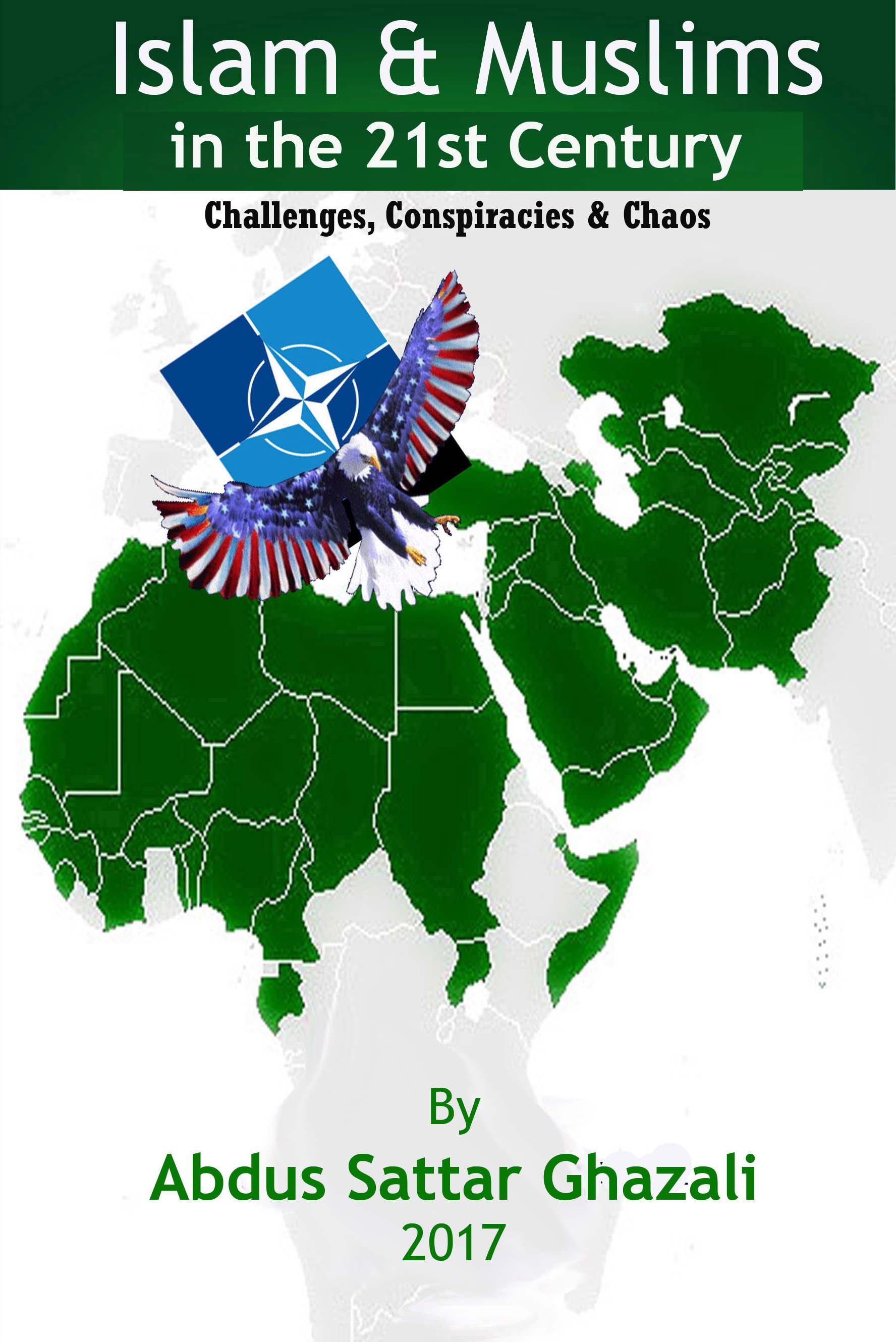December 7, 2020
US accuses China of escalating tension with India
By Abdus Sattar Ghazali
The US-China Economic and Security Review Commission (USCC) has accused China of escalating tension with India.
In 2020, Sino-Indian relations suffered their worst year in decades, USCC said in its report '2020 report to Congress. “ In June, Chinese and Indian soldiers engaged in a deadly clash on their border, the first confrontation since 1975 that resulted in loss of life on either side.”
Tanvi Madan, senior fellow at the Brookings Institution, argued in her testimony before the Commission that this clash marked a “turning point” in the Sino-Indian relationship and that it was unlikely the relationship would return to normal.
Describing as the most severe border crisis in decades, the USCC report pointed out that in
June 2020, the PLA and Indian troops engaged in a massive physical brawl in the Galwan Valley, located in the far-western Ladakh region along the Line of Actual Control (LAC) separating the two countries.
The clash, which followed a series of standoffs beginning in early May along multiple sectors of the LAC, led to at least 20 Indian deaths and an unconfirmed number of Chinese casualties, the first time since 1975 that lives were lost in fighting between the two sides.
Some evidence suggested the Chinese government had planned the incident, potentially including the possibility for fatalities, according to the USCC report. For instance, several weeks prior to the clash Defense Minister Wei made his statement encouraging Beijing to “use fighting to promote stability.”
Just over two weeks before the incident, in another potential indication of Chinese leaders signaling their intent to escalate tensions, an editorial in China’s state-owned tabloid Global Times warned that India would suffer a “devastating blow” to its trade and economic ties with China if it got “involved in the U.S.-China rivalry.”
Satellite images depicted a large Chinese buildup in the Galwan Valley, including potentially 1,000 PLA soldiers, the week before the deadly skirmish.
China and India have engaged in multiple physical clashes along their border for decades, but since General Secretary Xi assumed power in 2012 the two countries have seen five major altercations along their border, the USCC said.
The exact motivations behind the Chinese government’s provocative behavior on the LAC this year remain unclear. The proximate cause of the clash appeared to be India’s construction of a strategic access road to support troops stationed along the LAC. China has also built extensive infrastructure along the LAC in recent years.
In the aftermath of the clash, Beijing asserted sovereignty over the entire Galwan Valley, a new claim and significant change to the territorial status quo. Tensions have increased since the initial clash, with China reportedly building up its troop presence along the LAC since July.
In September, shots were fired for the first time since 1975 along the border around Pangong Tso, a strategic area near the site of the clash in June. Although no injuries were reported, both sides accused each other of violating a 1996 agreement barring the use of firearms along the LAC.
According to USCC report, an Indian special forces soldier of Tibetan origin also died along the LAC, reportedly from a landmine blast. The solider belonged to the Special Frontier Force, an elite commando unit set up in the aftermath of the 1962 Sino-Indian war. The force consists mostly of ethnic Tibetans and was trained by the Central Intelligence Agency until 1972.
US seeks to stir up regional conflict: Global Times
In a rejoinder to the USCC report, the Global Times said Thursday, a newly published US government report accusing China of “planning the brawl in the Galwan Valley” has become the latest bit of hype from the US to stir up conflict in this region, which observers said is doomed to fail.
"It is not surprising that the US issued such a distorted report,” Qian Feng, director of the research department at the National Strategy Institute at Tsinghua University told the Global Times. “Against the backdrop of declining China-US relations, the Trump administration is counting on such a report to further exacerbate China's conflict with its neighbors to benefit the US,” Qian said.
"However, in the eyes of Indian policymakers, they are very cautious about US involvement in the Sino-Indian conflict because they do not want to complicate the conflict between the two countries,” Qian added.
The Galwan Valley clash broke out on June 15 between China and India’s border defense troops after Indian troops crossed the border and launched provocative attacks against Chinese personnel. The Chinese troops lodged a strong protest and solemn representations, according to the Chinese Foreign Ministry. Media reports said the clash led to casualties on both sides.
A later statement by China’s Foreign Ministry suggested that Indian border troops should bear full responsibility for the clash, as they were the first to illegally cross the Line of Actual Control (LAC). They violated the agreement and made provocations, and breached international norms to launch attacks, the statement said.
Abdus Sattar Ghazali is the Chief Editor of the Journal of America (www.journalofamerica.net) email: asghazali2011 (@) gmail.com

The Journal of America Team:
Editor in chief:
Abdus Sattar Ghazali
Senior Editor:
Prof. Arthur Scott
Special Correspondent
Maryam Turab
Your donation
is tax deductable.



